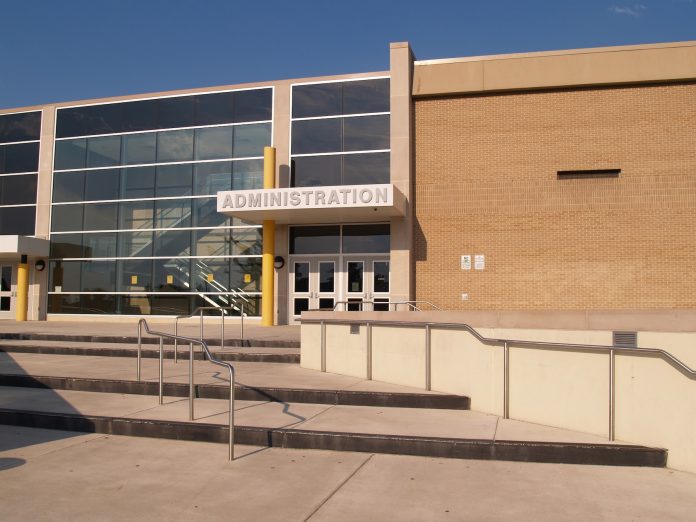- Nearly 60% of financial aid offices report slower federal processing and worse communication since the Education Department layoffs in March.
- Almost half say students are now receiving confusing or missing information about their aid, with many turning to campus offices for help instead of their loan servicers.
- More than 70% of financial aid professionals say they are seriously concerned about the potential closure of the Department of Education.
A new national survey of financial aid professionals paints a troubling picture of federal student aid in 2025.
Widespread staffing cuts at the U.S. Department of Education (ED) and Office of Federal Student Aid (FSA), combined with uncertainty about the agency’s future, are slowing down processing, silencing communication channels, and pushing more pressure onto already strained campus offices.
The survey (PDF File), released by the National Association of Student Financial Aid Administrators (NASFAA), included responses from about 900 institutions across all sectors of higher education. While many responses focused on operational burdens, the most pressing concern was what these federal disruptions mean for students.
Nearly half of all respondents ranked “impact on students’ access to aid” as their top concern when asked about the March 2025 layoffs and the potential closure of the Department of Education. That was far ahead of compliance risks or internal workload.
Communication Gaps And Delays
More than 40% of institutions said students are encountering issues with federal loan servicing, including misinformation, delays, or unresolved inquiries. An equal number reported that students are receiving outdated or confusing guidance from ED or FSA, whether through official websites, call centers, or emails. We just saw that last week with incorrect SAVE plan forbearance emails.
The result is a spike in student inquiries. Six in ten financial aid offices said they’ve seen an increase in student outreach about federal issues in just the past month. Many campus staff reported spending more time trying to fill in the blanks left by federal silence, often without reliable guidance of their own.
Nearly one-third of institutions said students had expressed direct concern or frustration about the state of federal aid. In most of those cases, aid offices had little ability to offer clarity.
These survey results echo the stories we see everyday in our TikTok channel comments.
Systems Under Pressure
Behind the scenes, institutions describe a deteriorating support structure. About 59% of schools said they’ve noticed delays or a drop in responsiveness from FSA. Many reported longer wait times for phone or email support, and some noted they hadn’t received replies to submitted inquiries at all.
More than 30% of institutions also cited slowdowns in FAFSA data transfers, origination and disbursement systems, or electronic applications for program participation. Some schools said they’ve gone months without a response to routine submissions, including requests submitted in late 2024.
These processing issues are compounded by the closure of nearly half of all FSA regional offices. Regional teams once played a key role in resolving compliance issues, answering policy questions, and offering training. Without them, many schools feel cut off and unsupported.
One especially alarming trend: institutions now report having to rely more on peer networks or informal workarounds rather than getting answers directly from federal sources.
Warning Signs
The uncertainty doesn’t stop at operational hurdles. The broader concern voiced across the survey is the possible dismantling of the Department of Education itself, a plan tied to the Trump administration’s stated goals. About 63% of institutions said they are very concerned about that possibility, and another 28% said they’re somewhat concerned.
Aid administrators worry that if the Department is dissolved, no successor agency will be able to handle the complexity of financial aid delivery. Their fears include delayed disbursements, policy confusion, and the loss of continuity for millions of students relying on programs like Public Service Loan Forgiveness or Borrower Defense to Repayment.
The plan currently calls for all of these programs to be handled elsewhere, but the execution of that plan is concerning:

What Students And Families Should Know
Although these disruptions are largely happening out of public view, the effects are real for students and families. Delays in loan processing, unclear eligibility guidance, and gaps in federal communication have already led many students to question their aid status, and in some cases, their ability to enroll.
While many Department of Education functions are handled by contractors and servicers, these outsourced companies still need guidance and direction.
Many campus aid offices are trying to manage these gaps as best they can, but without a full federal support system, they are limited in what they can fix. Students should be encouraged to apply for aid as early as possible, keep copies of all documents, and follow up regularly if something seems off.
Even if the Department of Education will be formally closed, the process will take multiple years. Until then, students and families will have to navigate uncertainty as they pay for college or repay their student loans.
Don’t Miss These Other Stories:
Congress Moves Forward Changes To Student Loans And More
Education Dept To Change Rules On PSLF and Repayment Plans
5 Legal Ways To Lower Your Student Loan Payment
Create your very own Auto Publish News/Blog Site and Earn Passive Income in Just 4 Easy Steps






